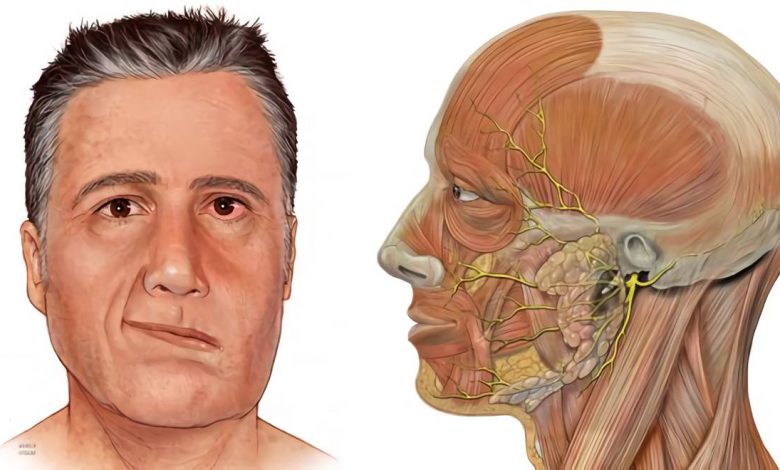Facial asymmetry: what is this, the cause of the, symptoms, diagnostics, treatment, prevention

Facial asymmetry (asymmetry of left and right half of the face) is pronounced difference in form and size of the left and right parts of the face.
Asymmetrical face is cosmetic, Neurological, Dermatologic and dental problem.
Facial asymmetry: the cause of the
Facial asymmetry due to congenital or acquired external influences, any internal problems in the body.
To congenital causes include: anomaly of the structure of the skull bones, mandibular excalation, pathology of the formation of the temporomandibular joint, unilateral pathology cervical muscles, defects of the connective tissue and muscles.
Acquired by external or internal causes:
- Injuries, Inflammation or pinched nerve endings of the facial nerve
- Injuries to the jaw and face, fractures of facial bones
- Malocclusion, no teeth on one half of the jaw
- Violation of, accompanied by the development of strabismus
- Systemic diseases of connective tissue, gemiatrofija in the field of soft tissues
- Muscular or nejrogennaja Wryneck (children)
- Bad habits (chewing gum on one side of the jaw, sleep on one side, oculi of one eye).
Besides, facial asymmetry can occur due to natural aging or on the background of age-related diseases.
Symptoms of facial asymmetry
Asymmetry may be natural and pathological. In the first case, the difference is slightly expressed. The difference in the sizes of parts does not exceed 2-3 mm and an almost not visible unprofessional look.
Pathological asymmetry is characterized by pronounced differences in the symmetry of the face. Symptoms are accompanied by other symptoms and signs: the weakness of the facial muscles on one half of the face, expansion of the palpebral fissure, difficulty of the movement of facial muscles, speech and articulation, difficulties during a meal, pain in the area of the affected nerve (When neuropathy of the facial nerve) and etc.
Facial asymmetry in children usually manifests these symptoms: smoothed half face, the smaller the angle of the jaw, tilt your head to the side of the lesion.
Facial asymmetry: diagnostics
Diagnosis is based on the results of Visual inspection with the detection of facial asymmetry, survey of the patient about the causes. Also identify the fact of possible injuries, abnormalities of muscles, nerves, teeth.
By using special devices measuring facial proportions is held on two parameters. Pathological is the difference more 3 mm and 5 degrees.
You may need advice neurologist, dentist, ophthalmologist, neurosurgeon. When necessary, a complete neurological examination, skull radiography, CT scan or MRI of the person.
Facial asymmetry: types of disease
Asymmetrical face could be a right-handed and a left-handed.
Facial asymmetry: patient actions
Ulterior asymmetrical face requires no treatment. If the difference in size is expressed, the patient should undergo an examination to determine the cause of asymmetry and treatment/correction.
Treatment of facial asymmetry
Correction of facial asymmetry or treatment required when pronounced differences in size and shape. The choice of method of correction/treatment depends on the reasons for the asymmetry.
At low toned muscles myostimulation and applied exercises for the muscles of the face, facial massage. Correct asymmetry helps the selection of hairstyles, makeup for women, wearing a moustache and beard in men.
To correct a pronounced asymmetry applied orthodontic treatment, maxillofacial and plastic surgery.
When the neuritis of the facial nerve required treatment in the neurological hospital, rheotachygraphy, myostimulation, massage, physiotherapeutic procedures.
Facial asymmetry: complication
Possible complications of diseases and conditions, causing facial asymmetry, include mioklonii persons, vellication, abnormal voltage facial muscles, friendly activation of the muscles on the face.
Asymmetry of the face can cause psychological complications (neuroses, Avoidant, aggressiveness, depression).
Prevention of facial asymmetry
The basic measures for the prevention of acquired facial asymmetries: maintaining a healthy lifestyle, a timely visit to a doctor, visiting the dentist, renunciation of bad habits.
